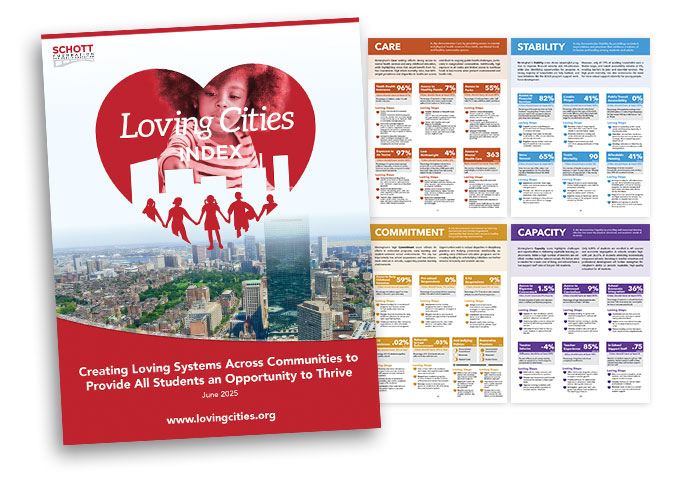Raleigh is a vibrant and rapidly growing capital city known for its blend of historic charm, cutting-edge innovation, and strong educational institutions. Home to more than 470,000 residents and a cornerstone of the Research Triangle, Raleigh’s economy thrives on technology, education, and health care. Its diverse population and expanding job market continue to draw new residents, reinforcing its reputation as one of the most livable cities in the South.


of supports measured
With a commitment to inclusive growth, Raleigh is investing in policies and programs that address educational equity, affordable housing, and community health. These efforts reflect the city’s vision of shared prosperity, where all residents can access opportunity and thrive. Raleigh’s Loving Cities scores highlight areas of promise and pathways for improvement: a strong foundation in education and public participation, paired with opportunities to expand transit access, address economic inequities, and increase support for student wellness and achievement.
Raleigh demonstrates strong performance across several key indicators. Local investments in public education, health infrastructure, and inclusive economic development have a positive effect, while additional efforts can help advance equity and opportunity. Educational attainment in Raleigh is a major strength, with 64.2% of adults holding an associate degree or higher. This metric reflects the city’s proximity to a network of higher education institutions and workforce development partners, including Wake Technical Community College and NC State University, both of which offer career-aligned degrees in emerging industries. Raleigh’s high school graduation rate is 90%, supported by initiatives such as Wake County’s Career and Technical Education programs and community-based efforts to reduce dropout rates.
Expand to read more
The city’s youth engagement metrics are particularly strong. Just 5.3% of youth ages 16–19 are not in school or working, suggesting that Raleigh youth stay connected to education and employment. Partnerships like Triangle Literacy Council’s workforce readiness programs and the NCWorks NextGen youth services focus on education and career pathways for young adults, and contribute to engagement successes.
Raleigh’s unemployment rate stands at just 2.9% and only 9% of children live below the poverty line. These figures point to a strong local economy and targeted supports for families with children. However, public school district poverty remains relatively high at 45%, signaling persistent socioeconomic disparities within the student population. Addressing concentrated poverty in schools remains a critical step toward ensuring all students can access the same quality of resources and support.
Raleigh’s population is also linguistically diverse, with 9.4% of students identified as English Learners. Programs such as Wake County’s ESL (English as a Second Language) services and bilingual parent engagement initiatives help support language access and inclusive family participation in schools.
Raleigh’s infant mortality rate (5.3 per 1,000 live births), suggests strong access to maternal and infant care. These outcomes are supported by initiatives such as the Wake County Maternal Health Clinic and the Nurse-Family Partnership program, which provide prenatal care and parenting resources to low-income families.
These metrics reveal a city with strong foundations in education, youth opportunity, and maternal and child health. Addressing school poverty and supporting economically vulnerable students will further strengthen Raleigh and its residents. With intentional investments in equitable school funding, targeted youth programming, and family economic supports, Raleigh is well-positioned to build on these successes and ensure that every child and family has the chance to thrive.
Raleigh Indicators

The Community Climate comprises indicators of a city’s current conditions in important areas such as education, economic stability, and public health. While these indicators do not uncover underlying supports or influences in a city, the outcomes provide a picture of a community’s well-being, economic mobility, and equitable opportunities.



